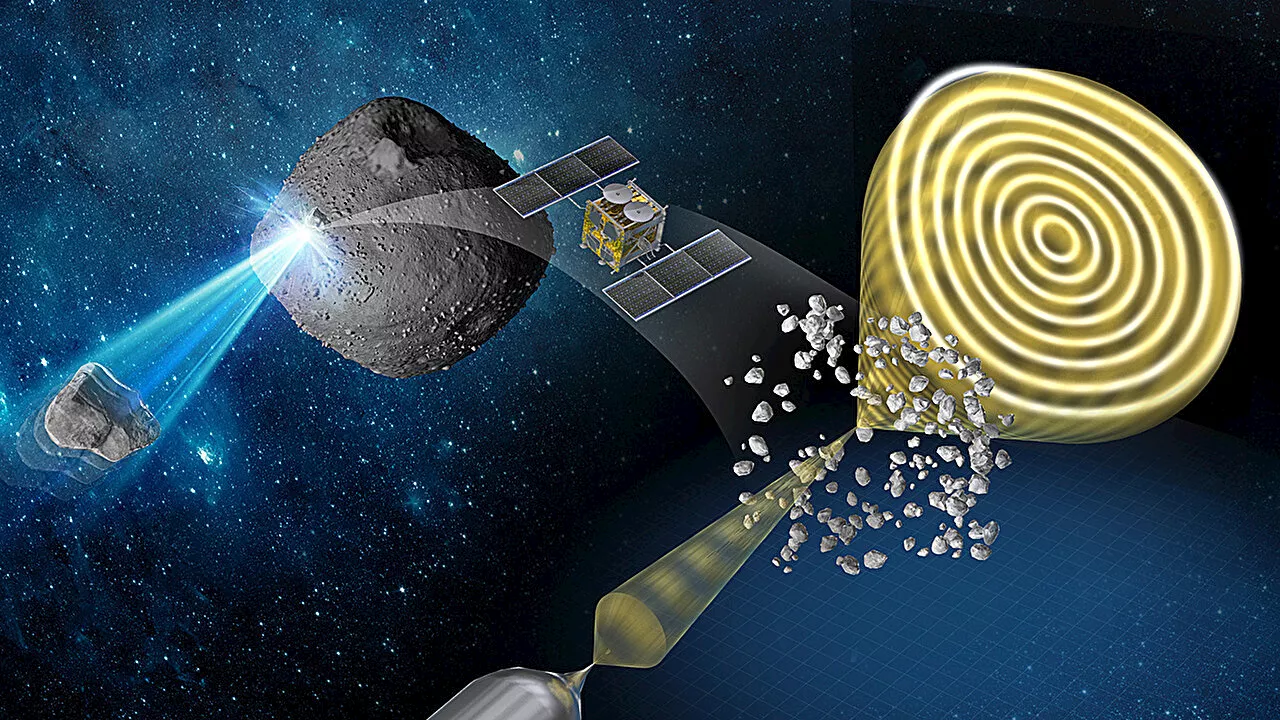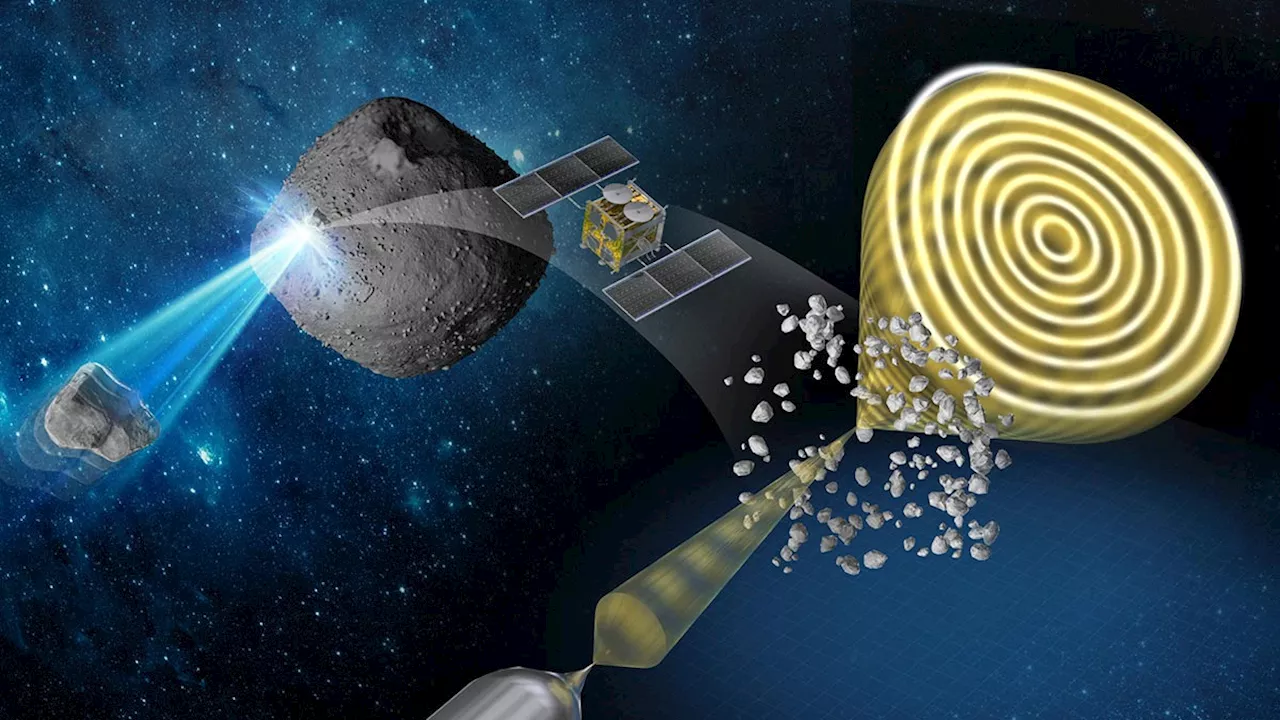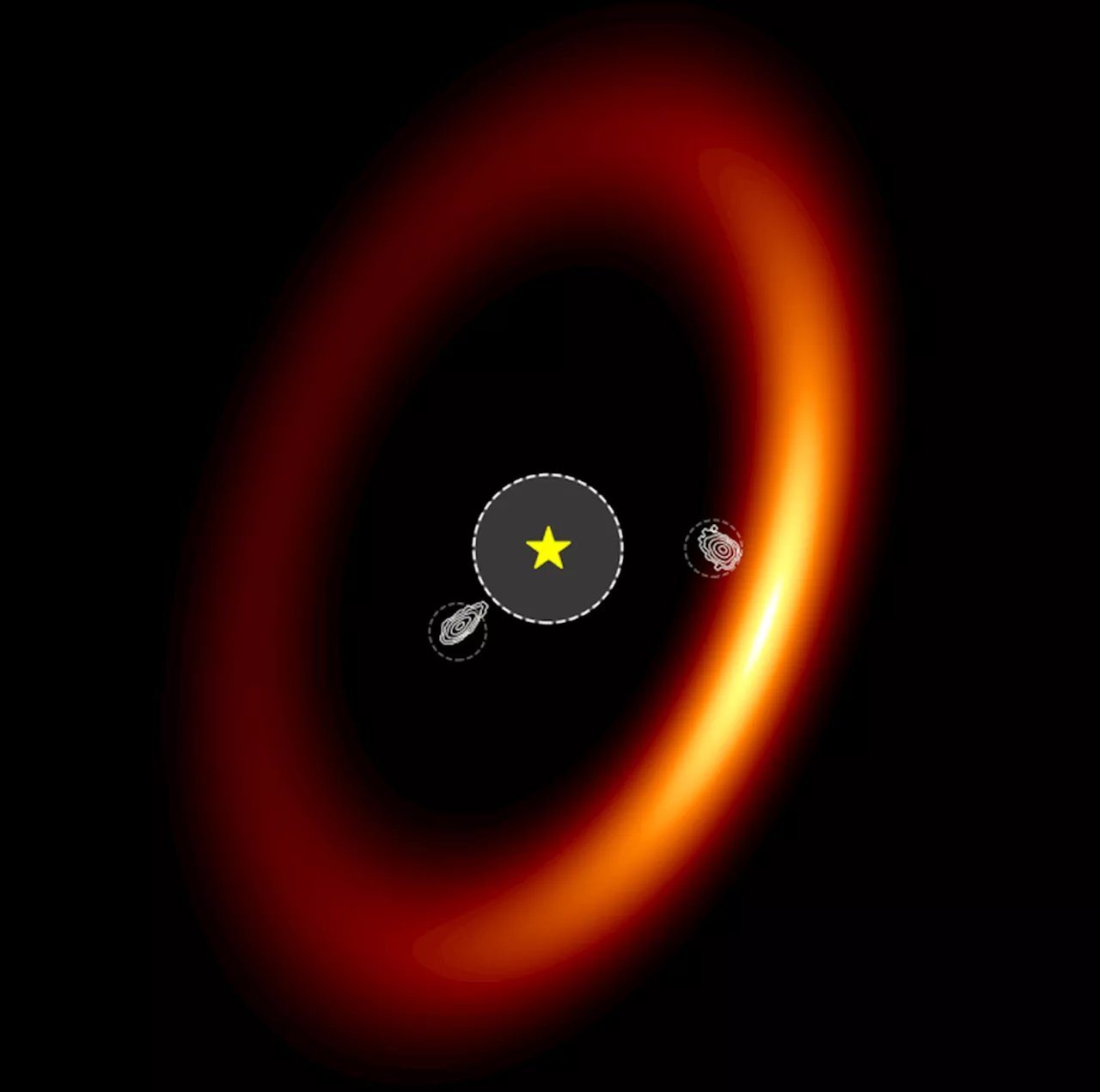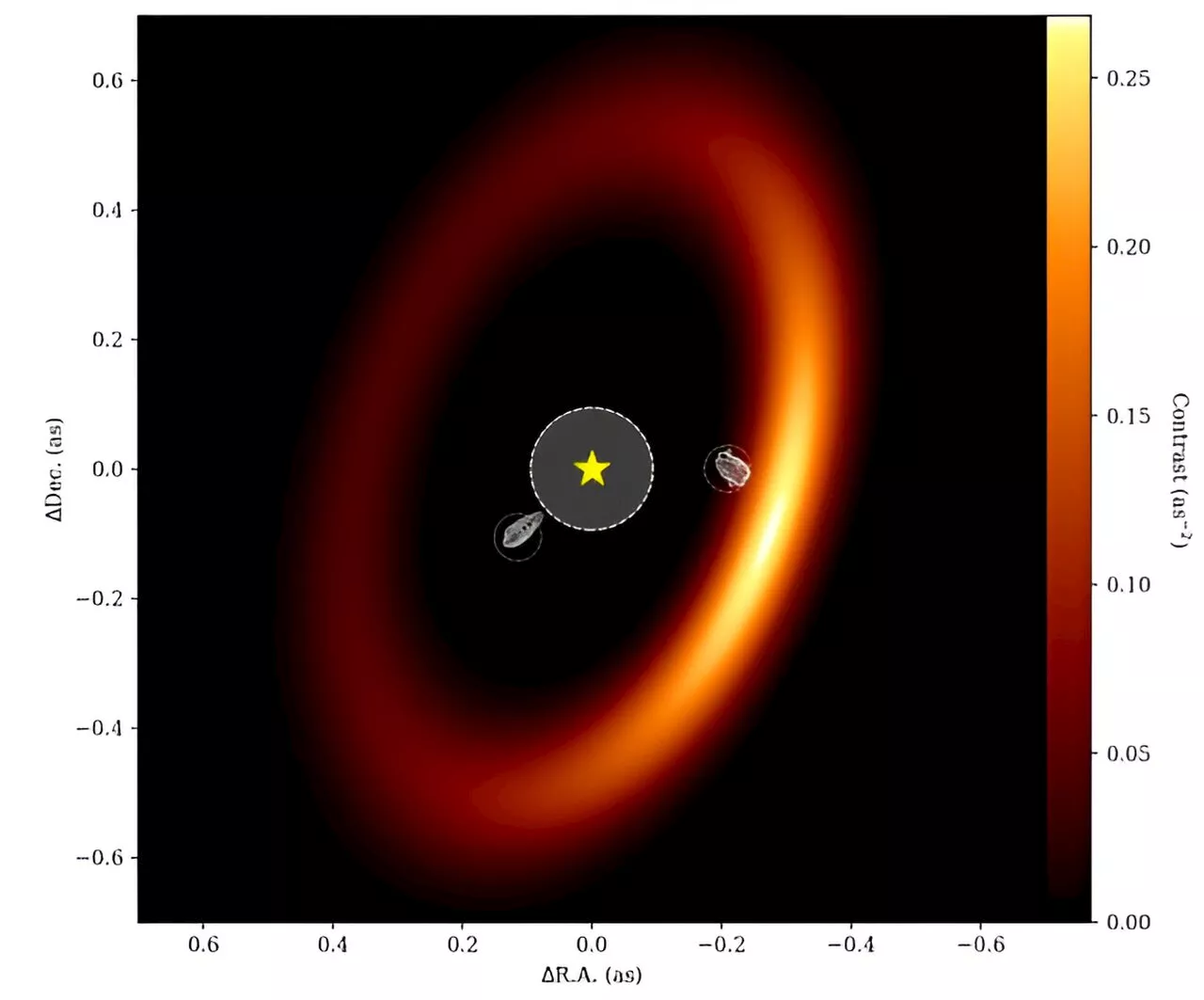The JWST has mapped a distant exoplanet's weather. It's a blistering hot world where 5000 mph winds whip around the planet constantly.
This artist’s concept shows what the hot gas-giant exoplanet WASP-43 b could look like. Image Credits: NASA, ESA, CSA, Ralf Crawford
Now, we’re in the future, and the JWST has taken a look at WASP-43b and captured more detailed observations than ever. The space telescope’s powerful infrared capabilities measured the heat on both sides of the planet and allowed the mapping of the planet’s atmospheric structure, just as the authors of the 2020 paper stated.
Despite its power, the JWST can’t directly see WASP-43b. Instead, it utilizes phase curve spectroscopy. Phase curve spectroscopy measures the light from the planet and the star over time, sensing small changes in the light from both as the planet orbits the star. Since the JWST senses infrared light, which is emitted depending on an object’s heat, the telescope’s varying brightness data expresses the planet’s temperature.
This graph shows more than 8,000 measurements of mid-infrared light captured over a single 24-hour observation using the JWST’s low-resolution spectroscopy mode on its MIRI . By subtracting the amount of light the star contributes, astronomers can calculate the amount coming from the visible side of the planet as it orbits. The telescope’s extreme sensitivity made this possible. Webb detected differences in brightness as small as 0.004% .
The researchers used the detailed infrared data to construct a temperature map of the exoplanet. The dayside has an average temperature of about 1,250 Celsius , which is almost hot enough to forge iron. But the nightside likely has a thick layer of high-altitude clouds that trap some of the heat. Those clouds make the nightside appear cooler than it is. It’s much cooler at about 600 degrees Celsius but still hot enough to melt aluminum.
Webb found water vapour on the dayside and the nightside, indicating cloud thickness and elevation. However, the telescope detected an absence of methane , which is unusual. The extreme heat on the dayside means carbon is in carbon monoxide form. But the cooler nightside should contain stable methane. Why isn’t it there? Powerful winds are responsible.
United Kingdom Latest News, United Kingdom Headlines
Similar News:You can also read news stories similar to this one that we have collected from other news sources.
 Probing the effects of interplanetary space on asteroid RyuguAnalyzing samples retrieved from the asteroid Ryugu by the Japanese Space Agency's Hayabusa2 spacecraft has revealed new insights into the magnetic and physical bombardment environment of interplanetary space.
Probing the effects of interplanetary space on asteroid RyuguAnalyzing samples retrieved from the asteroid Ryugu by the Japanese Space Agency's Hayabusa2 spacecraft has revealed new insights into the magnetic and physical bombardment environment of interplanetary space.
Read more »
 Micrometeoroid Bombardment and Magnetic Fields: Decoding the Effects of Interplanetary Space on Asteroid RyuguScience, Space and Technology News 2024
Micrometeoroid Bombardment and Magnetic Fields: Decoding the Effects of Interplanetary Space on Asteroid RyuguScience, Space and Technology News 2024
Read more »
 Probing the effects of interplanetary space on asteroid RyuguSamples reveal evidence of changes experienced by the surface of asteroid Ryugu, some probably due to micrometeoroid bombardment.
Probing the effects of interplanetary space on asteroid RyuguSamples reveal evidence of changes experienced by the surface of asteroid Ryugu, some probably due to micrometeoroid bombardment.
Read more »
 JWST Captures Features of The Horsehead Nebula in Stunning DetailThe Best in Science News and Amazing Breakthroughs
JWST Captures Features of The Horsehead Nebula in Stunning DetailThe Best in Science News and Amazing Breakthroughs
Read more »
 JWST Uses 'Interferometry Mode' to Reveal Two Protoplanets Around a Young StarIs there anything the JWST can't do? The space telescope used its interferometry mode to find planets and other features around a young star.
JWST Uses 'Interferometry Mode' to Reveal Two Protoplanets Around a Young StarIs there anything the JWST can't do? The space telescope used its interferometry mode to find planets and other features around a young star.
Read more »
 JWST uses interferometry mode to reveal two protoplanets around a young starThe JWST is flexing its muscles with its interferometry mode. Researchers used it to study a well-known extrasolar system called PDS 70. The goal? To test the interferometry mode and see how it performs when observing a complex target.
JWST uses interferometry mode to reveal two protoplanets around a young starThe JWST is flexing its muscles with its interferometry mode. Researchers used it to study a well-known extrasolar system called PDS 70. The goal? To test the interferometry mode and see how it performs when observing a complex target.
Read more »
